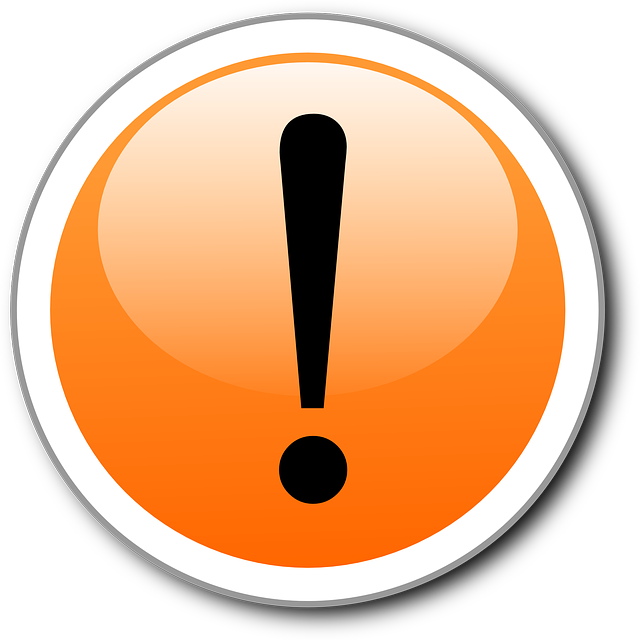Structuring Web Pages with HTML: Summary
In this video we have covered the structural html elements used to structure web pages.
It's important to recognize that these elements provide the foundational structure and layout for a web page.
The three main structural elements that every HTML webpage should have are
The < head > , the < body >, and the < footer >.
These elements represent the backbone of every webpage. Here are some more detils:
HTML Head Element
While not visible to users, the < head >
tag plays a critical role in structuring and presenting web content effectively.
It serves as a container for metadata that provides essential information about a webpage.
We'll talk more about meta tags in our future videos. As of now, think of this as a place where we will host our links to our CSS Style Sheets or other external sources (i.e. icons and Google Font):
HTML Body Element
The HTML < body > element represents the visible content of a webpage.
It encapsulates all the elements that our users will see and interact with,
such as text elements, images & other media, headings, lists, and more.
In simple terms, the body element represent the entire user-facing portion of the webpage. It includes header, navigation menu, hero section, main section and more.
HTML Footer Element
The HTML < footer > element is used to define the footer section of a webpage.
This section typically contains information that is relevant to the entire page
or website, often appearing at the bottom of the page.
It might include: Copyright Information, Contact Information, Navigation Links, Social Media Icons and Legal Information.
Test Your HTML Knowledge with Our Quiz
Ready to put your HTML skills to the test? This quiz is a great way to reinforce what you've learned in our Building Webpages Usung HTML tutorial . Let's see how well you've grasped the essentials of HTML webpage structure!
Your Result Is ...
Now is your turn! Use the code editor below to practice how to structure html page. Remember: "Practice makes perfect"!
 Please Do Not Copy & Paste the above code as it will not display. Please type in the above code to practice.
Please Do Not Copy & Paste the above code as it will not display. Please type in the above code to practice.